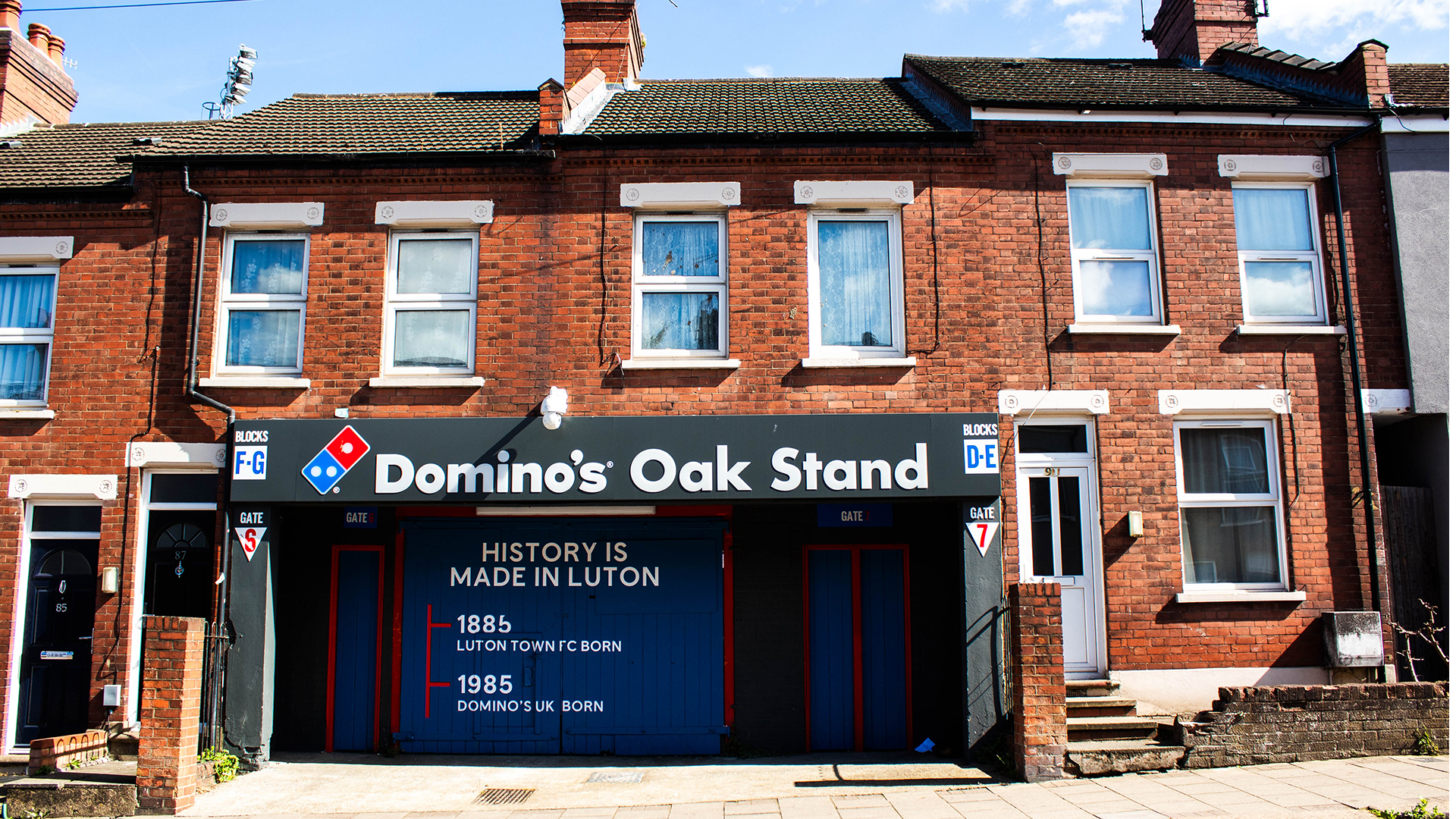
There is growing impetus to measure and manage the lifetime carbon costs of buildings.
But, in common with many industries, the largest area where reductions are needed is so-called Scope 3 – the emissions embodied in the materials, fixtures and fittings procured for construction or refurbishment.
At the same time, the established end-of-life process for buildings and infrastructure is inherently wasteful. Only 1% of materials from a standard demolition process will actually be reused, therefore retaining their value.
Meanwhile, half of all mineral extraction worldwide is for the built environment. This year, Earth Overshoot Day fell on 1 August. This is the date when humanity’s demand for ecological resources and services in a year exceeds what Earth can regenerate in a year. Construction and demolition waste represents 60% – 70% of waste streams in most of our major cities. Our impact is not only our emissions.
Take, make, waste. It’s not unique to construction and real estate. This linear model is how our economy works.
Recycling mitigates some of the negative impact of this. But recycling processes are often high-energy themselves. They may be less carbon intensive than new manufacture, but they are not necessarily low carbon. We can do better, by joining together the ends of the line, reusing and repurposing materials, to create a circular economy, where materials never become waste and nature is regenerated.
The Ellen Macarthur Foundation estimates that a circular economy could reduce global CO2 emissions from building materials by 38% in 2050, cutting 6% of total global emissions.
This approach is better for the environment and for society, by avoiding the impacts of extraction and manufacturing from new. It’s also better for the financial results, by cutting waste and realising value that was previously thrown away, and for the wider economy, through the jobs created in new green industries.
Closing the loop
One of my aims as RICS President was to convene and support a circular economy forum, led by the market, for the market. This would drive pragmatic and practical experimentation to provide examples and leadership for the whole industry. After some months of planning with a dedicated team of market leaders in the profession, on 30 September, we launched the Circular Do Tank.
We were determined that this would not be just another think tank, producing another vision for how things could be better. Because a vision without application is a mere hallucination!
We must take action to do better. We achieve the vision through real change in how we work, what materials and products we procure, what targets we set for ourselves and our business partners and teams. We start one project at a time. Then one programme at a time. Before long, we have whole portfolios that have made the shift.
We are open to everyone – regardless of size – because this needs to be a whole-industry effort, and I have been delighted by the extensive interest shown. Each firm that commits to our circular economy pledge will be supported by the Circular Do Tank’s multidisciplinary teams.
When it comes to improving sustainability, of course we should never stop thinking. But it’s time for more doing as well.


